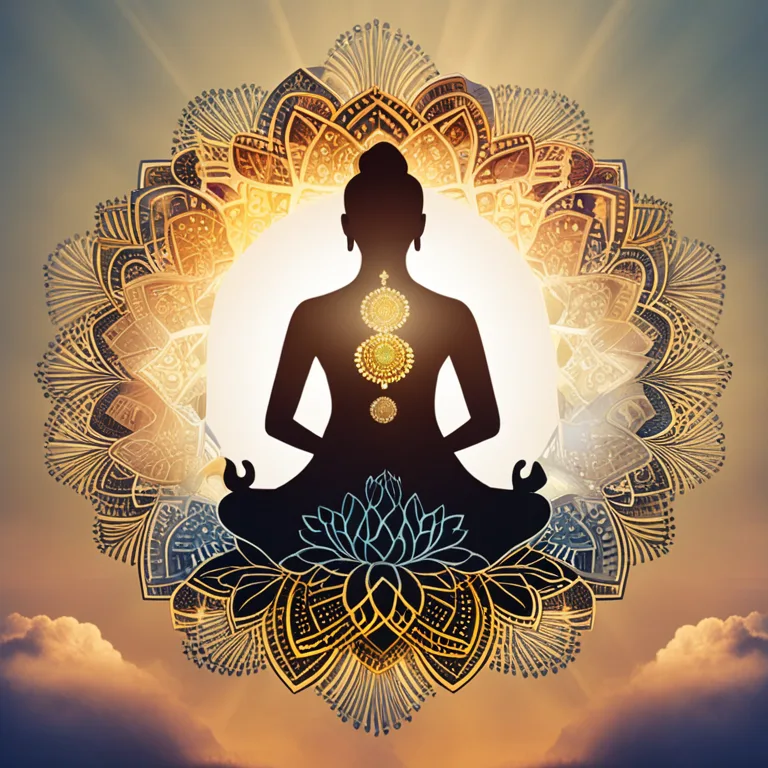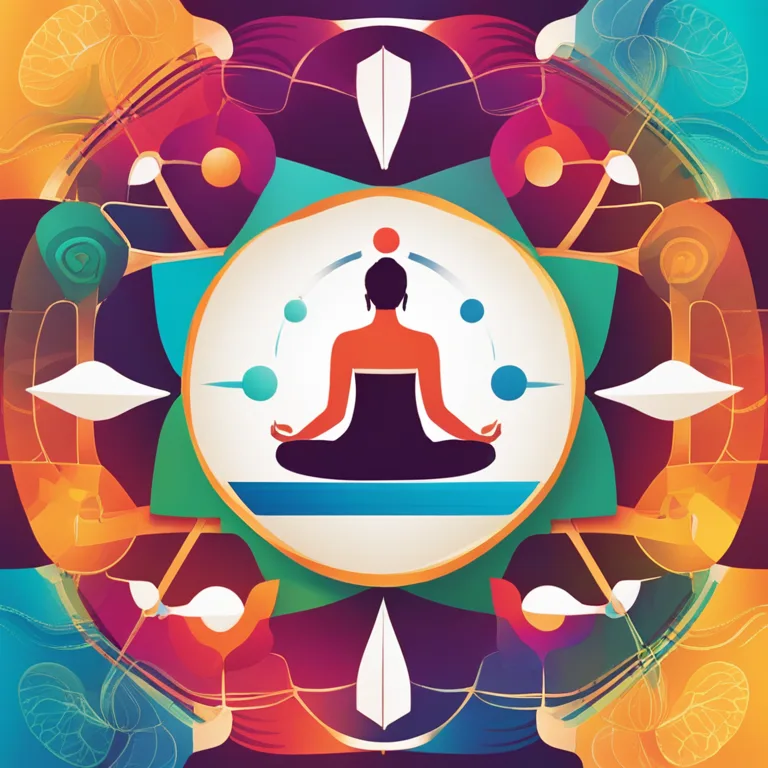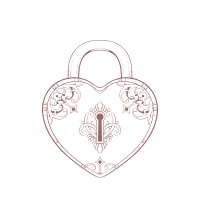
Serenity Through Meditation: Essential Tips for Inner Peace
Discover practical tips to enhance your meditation practice and embrace tranquility in our fast-paced world.
article by Hina Kurosawa
Beginning Your Meditation Journey
Meditation offers a refuge from the relentless pace of modern life, providing a moment to pause and realign with your inner harmony. The first step is to create a dedicated space for your practice. Choose a quiet, comfortable area where interruptions are minimal. Consistency is key; meditating at the same time daily helps in cultivating a routine. Start small, with 5 to 10 minutes, and gradually increase the duration as you become more accustomed to the practice. Remember, the goal is not to empty your mind but to observe your thoughts without attachment.

Adopting the Right Posture
Physical comfort is crucial to sustaining your focus during meditation. Find a posture that allows you to be both alert and relaxed. Sitting on a cushion with legs crossed or in a chair with feet flat on the ground are common positions. Keep your back straight, chin slightly tucked, hands resting on your lap or knees, and your gaze softly unfocused or eyes gently closed. If you experience pain or discomfort, listen to your body and adjust your posture or utilize props like meditation benches or a folded blanket for support.

Cultivating Mindful Breathing
Breath serves as the anchor of your meditation practice. Guiding your attention to the natural rhythm of your breath can help center your mind. Focus on each inhalation and exhalation, observing the sensations in your body without striving to alter them. Whenever your attention wanders, gently redirect it back to your breath. Mindful breathing not only calms the mind but also grounds you in the present moment, reducing stress and enhancing overall well-being.

Embracing Silence and Sounds
Silence can be powerful within meditation, yet the sounds of life continue around us. Instead of perceiving external sounds as distractions, incorporate them into your practice. Acknowledge each noise without judgment, let it be a part of your meditative experience. This approach nurtures acceptance and adaptability, reflecting the ever-changing nature of our environment and teaching us to remain peaceful amidst chaos.

Overcoming Mental Roadblocks
It's natural to face challenges such as restlessness, drowsiness, or a barrage of thoughts during meditation. Patience and self-compassion are vital when encountering these obstacles. Acknowledge them without self-criticism and return to your breath or chosen focus point. Meditation is an exercise in resilience, gently reinforcing your capacity to navigate through internal turbulence.
Integrating Technology Mindfully
In 2024, technology continues to offer innovative tools to support your meditation practice. From apps that provide guided sessions to wearables tracking your biometrics for optimized mindfulness, these resources can be beneficial. However, use them wisely to complement rather than detract from the essence of meditation. Be sure to disconnect from notifications and digital interruptions to maintain the sanctity of your practice time.
Progressing and Evolving
The journey of meditation is deeply personal and ever-evolving. Embrace different styles and techniques to find what resonates with you. Whether it's mindfulness, loving-kindness, or transcendental meditation, each modality offers unique benefits and experiences. Remember, there's no "right" way to meditate; the best practice is one that feels right for you and fosters a sense of peace and connectedness.
Published: 1/8/2024
Modified: 1/8/2024
More predictions
Come back here soon to learn more about yourself and your future


Mastering Japa Meditation Practices
Discover the serene art of Japa Meditation and elevate your spiritual journey through chanting and mindfulness.


Meditation Techniques For OCD
Mindful practices to help manage Obsessive-Compulsive Disorder symptoms effectively through meditation.


Mindful Meditation Practices Explained
Discover techniques to enhance your mindfulness through meditation, fostering peace and clarity in your daily life.